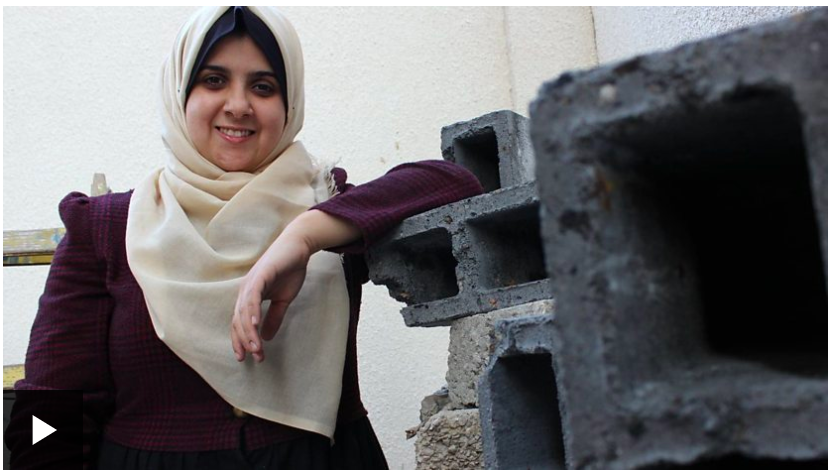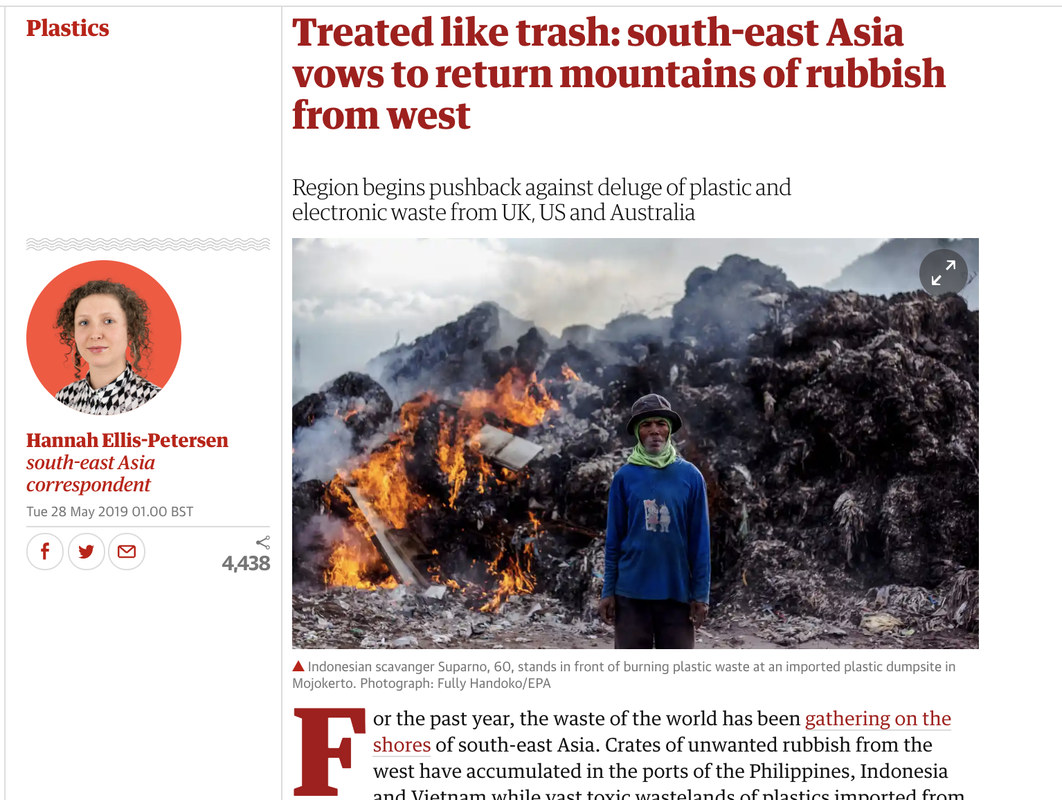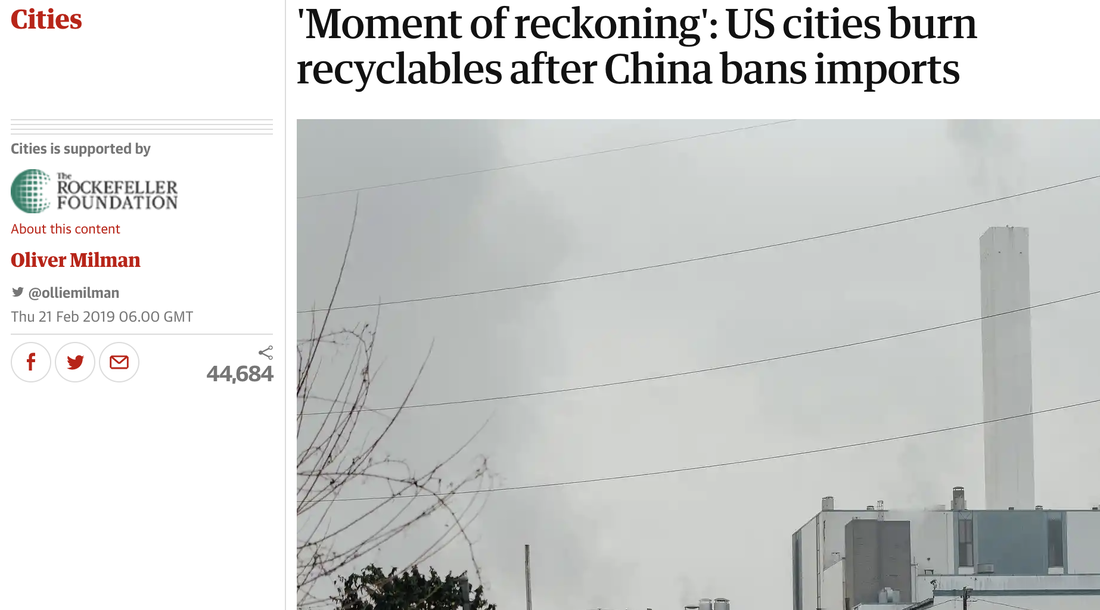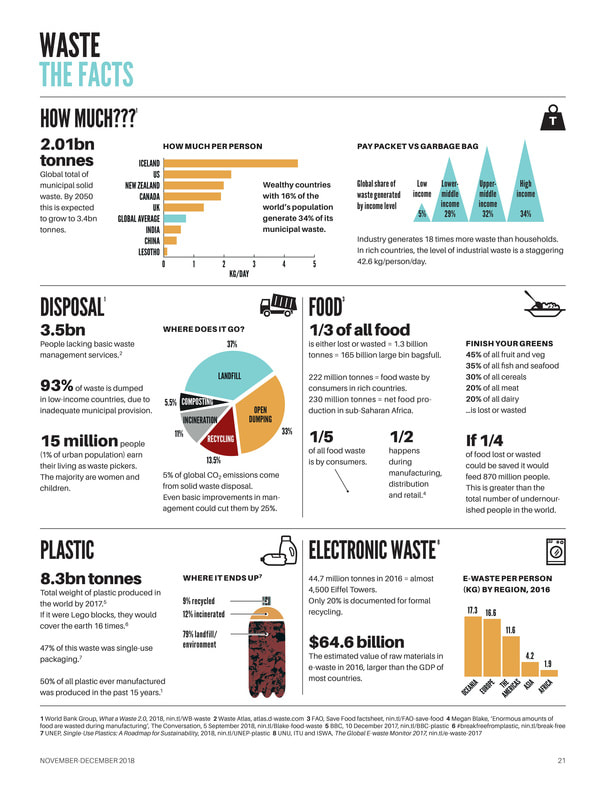-
MYP
- Home
-
IGCSE
- Course information
-
Physical: Hazardous environments
>
- Distribution of tectonic hazards
- Causes of tsunami
- Measuring earthquakes
- Earthquake case study 1: Haiti
- Earthquake case study 2: Christchurch
- Why do earthquakes do more damage in LICs than in HICs?
- How are volcanic eruptions measured?
- Tropical storms - distribution
- Causes of tropical cyclones
- Tropical cyclones - case study
- Why live in hazardous areas?
-
River Environments
>
- Hydrological cycle
- River basins
- Factors affecting river regimes
- Fluvial processes: erosion
- Fluvial processes: weathering and mass movement
- Fluvial processes: transportation and depositon
- River features and their formation
- How rivers change from source to mouth
- Uses of water
- Water pollution
- Water supply
-
IBDP
-
Changing population
>
- Global patterns of economic development
- Physical and human factors affecting global population distribution
- Case study 1: China
- Case study 2: Niger
- Demographic transition
- Megacity growth
- Forced migration and internal displacement
- Ageing populations
- Pro-natalist and anti-natalist policies
- Gender equality policies
- Trafficking policies
- The Demographic Dividend
-
Global climate vulnerability and resilience
>
- Atmospheric system
- The energy balance
- Changes in the energy balance
- The enhanced greenhouse effect
- Climate Change and the Hydrosphere, Atmosphere and Biosphere
- Impacts of climate change on people and places
- Disparities in exposure to climate change risk and vulnerability
- Government-led adaptation and mitigation strategies
- Civil society and corporate strategies
-
Global resource consumption and security
>
- Progress towards poverty reduction
- Measuring trends in global consumption
- Global patterns and trends in the availability and consumption of water
- Global patterns and trends in the availability and consumption of land/food
- Global patterns and trends in the availability and consumption of energy
- Water food and energy nexus
- Recycling and waste
- Malthus vs Boserup
- Resource Stewardship strategies
- Sustainable Development Goals
-
Freshwater - drainage basins
>
- The drainage basin as a system
- How rivers change from source to mouth
- River discharge
- River processes
- River landforms
- Factors affecting flood risk
- Attempts at flood prediction
- Flood mitigation
- Flood mitigation case studies
- Water scarcity
- Agricultural activities and water quality
- Pressures on lakes and aquifers
- Internationally shared water and conflict
- Water management: participation of local communities
- Dams as multi-purpose schemes
- Water management: Integrated Drainage Basin Management (IDBM)
- Managing wetlands
-
Leisure, Sport and Tourism
>
- Growth and purpose of leisure time
- Categories of tourism and sport
- Economic development and participation
- Factors affecting personal participation
- Factors affecting growth of tourism hotspots
- Spheres of influencee
- Factors affecting a national sports league
- Festivals
- Niche national tourism strategies
- Role of TNCs
- Tourism as a national development strategy
- International sporting events
- Consequences of unsustainable growth
- Sustainable tourism
- Future international tourism
- Political and cultural influences on sport
- Extended Essay in Geography >
- Skills/concepts >
-
Changing population
>
- Geography and ToK
- Theory of Knowledge
Subject Guide
The disposal and recycling of consumer items, including international flows of waste.
The circular economy
- What is meant by "the circular economy"?
- What are the benefits?
- Can you identify any issues or problems in developing a circular economy?
|
|
|
Use the student textbook to answer the questions below:
- Why is the recycling of paper desirable?
- What are the problems of paper recycling?
- Why are high income countries less efficient in paper recycling than low income countries?
- What is meant by ewaste?How has the growth of the global middle class increased the quantity of ewaste?
- How are patterns of ewaste connected to economic development?
Exporting waste
|
|
|
|
|
|
1. Look at the China video above and the news article below and explain why there could be a "waste crisis" in the UK and other western economies?
https://www.independent.co.uk/environment/china-plastic-import-ban-uk-recycling-landfill-options-waste-crisis-disposal-a8097166.html
2. What reasons does China give for its actions?
3. The article from the Independent mentions a positive possibility at the end - what is it?
4. Think about the environmental and social consequences of e-waste in LICs. Watch the first 5 mins and then 5 mins from 18:00 of "Toxicity". Then watch the BBC video.
5. Look at pages 302 and 303 of the textbook:
a) What 3 tracks does the e-waste take once it arrives in Agbogbolshie?
b) What health hazards are present?
c) What is a take-back system and what problems/advantages does it have?
The BBC story from Nov 14 2018 on the Khian Sea is attached. Important as it shows that HICs cannot just dump valueless hazardous waste on LICs. The waste from the Khian Sea ended up in landfill in Pennsylvania in 2002.... 16 years after it left the city. If the waste had some value, like e-waste or recycling materials (up until recently for China) then LICs may be interested. Relate back to Q3 above.
https://www.independent.co.uk/environment/china-plastic-import-ban-uk-recycling-landfill-options-waste-crisis-disposal-a8097166.html
2. What reasons does China give for its actions?
3. The article from the Independent mentions a positive possibility at the end - what is it?
4. Think about the environmental and social consequences of e-waste in LICs. Watch the first 5 mins and then 5 mins from 18:00 of "Toxicity". Then watch the BBC video.
5. Look at pages 302 and 303 of the textbook:
a) What 3 tracks does the e-waste take once it arrives in Agbogbolshie?
b) What health hazards are present?
c) What is a take-back system and what problems/advantages does it have?
The BBC story from Nov 14 2018 on the Khian Sea is attached. Important as it shows that HICs cannot just dump valueless hazardous waste on LICs. The waste from the Khian Sea ended up in landfill in Pennsylvania in 2002.... 16 years after it left the city. If the waste had some value, like e-waste or recycling materials (up until recently for China) then LICs may be interested. Relate back to Q3 above.






